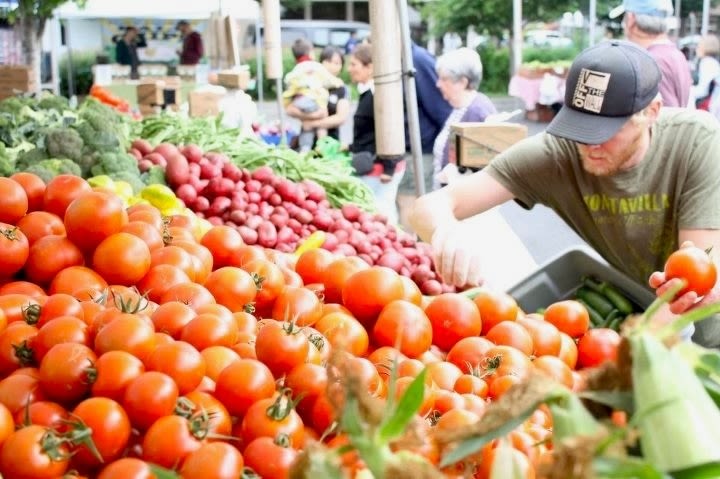Editor's Note: Food by Design

THE ONLY TIMES I’ve ever gone hungry was by choice, the money for a meal in my poorer days always just a pride-gulping phone call to my parents away. But my dad and his five siblings knew the gnaw of an empty stomach.
He rode freight trains searching for work during the Great Depression. His sisters told me how their mom would boil the same bone for days in a row to flavor their evening bowl of vegetable soup.
So as much as we like to celebrate our extraordinary food culture in Portland, I find it’s made even richer by the efforts to bring the bounty to those living as my dad and his siblings once did. One of the more far-reaching projects comes courtesy of Multnomah County Chair Jeff Cogen, Commissioner Judy Shiprack, and sustainability director Kat West: the Multnomah Food Action Plan, a new 15-year strategy for creating what West calls an “intentional food system.”
Inspired by the county’s deeply rooted hunger and health issues (36,000 people needing food boxes each month, 30 percent of schoolchildren getting food assistance, and diabetes ranking as the sixth-leading killer) but also by the profound opportunities at hand (563 farms in Multnomah County alone, totaling 28,500 acres), the action plan is about creating synergies rather than handouts. It offers dozens of initiatives aimed at every facet of food production and distribution, from developing more community gardens to getting our most economically challenged residents into nutrition programs before they have to line up for emergency food boxes.
West likens the task to “turning a big ship with a little oar.” But she, Cogen, and Shiprack have created a measurable and attainable navigation chart with goals like increasing the number of farms selling their products locally by 25 percent, doubling the number of farmers markets, and reducing the diabetes rate from 7 percent to 5 percent.
The county adopted the plan only in December, but West points to three initiatives already well under way: the Beginning Urban Farmer Apprenticeship Program, which started offering classes (and scholarships) in April; the county’s new Restitution Garden, where youth offenders will farm 20 acres of county land in Troutdale; and the region’s first “economic development cluster strategy” to develop new farms, products, retail outlets, restaurants, and food carts.
As West points out, if Multnomah county produced just 5 percent more of the food now imported to feed its residents, it would mean $100 million in economic benefit to the region. Indeed, given that 80 percent of Oregon’s agriculture production is exported—60 percent of it overseas—and an equally high percentage of the food consumed by Oregonians is imported, it doesn’t take a genius to realize that we could save a lot of money and feed a lot of people by simply eating at home.
On June 3, the county will host a Food Summit at the University Place Hotel to begin moving the many other initiatives along. “Planning is fun,” says West, “but action is where it really is.”
